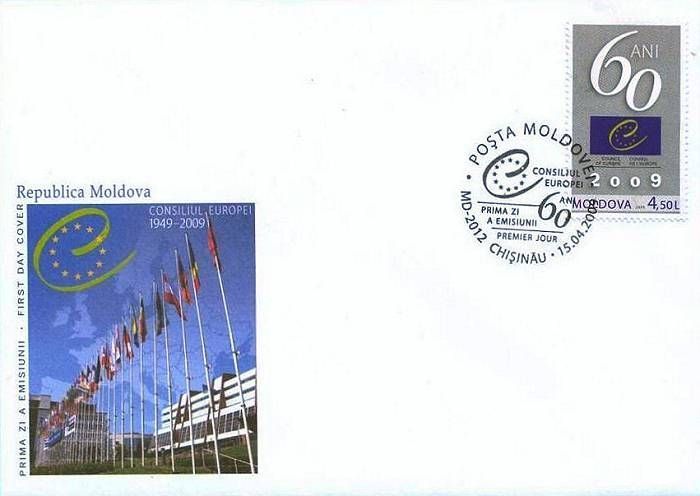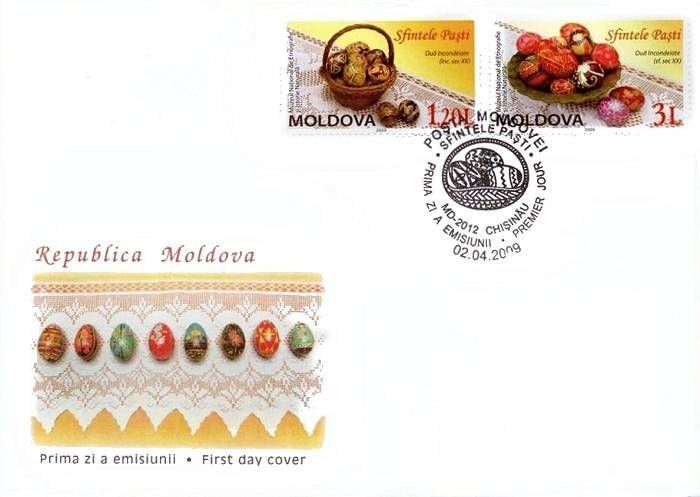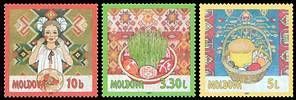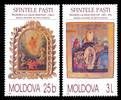POSTAGE STAMPS
|
|
Decorated Eggs
- Michel Catalogue No: 647
- Perforation Type/Size: Comb 14:14.50
- Size: 46.00 x 27.50 mm
- Face Value: 1.2 Lei
- Quantity Printed: 350,000
|
Easter eggs, also called Paschal eggs, are special eggs that are often given to celebrate Easter or springtime. As such, Easter eggs are common during the season of Eastertide. The oldest tradition is to use dyed and painted chicken eggs, but a modern custom is to substitute chocolate eggs, or plastic eggs filled with confectionery such as jelly beans. Eggs, in general, were a traditional symbol of fertility, and rebirth. In Christianity, for the celebration of Eastertide, Easter eggs symbolize the empty tomb of Jesus: though an egg appears to be like the stone of a tomb, a bird hatches from it with life; similarly, the Easter egg, for Christians, is a reminder that Jesus rose from the grave, and that those who believe will also experience eternal life. Read more..
This article uses material from the Wikipedia article 'Easter_egg', which is released under the Creative Commons Attribution-Share-Alike License 3.0. |
| |
|
Decorated Eggs
- Michel Catalogue No: 648
- Perforation Type/Size: Comb 14:14.50
- Size: 46.00 x 27.50 mm
- Face Value: 3 Lei
- Quantity Printed: 150,000
|
Easter eggs, also called Paschal eggs, are special eggs that are often given to celebrate Easter or springtime. As such, Easter eggs are common during the season of Eastertide. The oldest tradition is to use dyed and painted chicken eggs, but a modern custom is to substitute chocolate eggs, or plastic eggs filled with confectionery such as jelly beans. Eggs, in general, were a traditional symbol of fertility, and rebirth. In Christianity, for the celebration of Eastertide, Easter eggs symbolize the empty tomb of Jesus: though an egg appears to be like the stone of a tomb, a bird hatches from it with life; similarly, the Easter egg, for Christians, is a reminder that Jesus rose from the grave, and that those who believe will also experience eternal life. Read more..
This article uses material from the Wikipedia article 'Easter_egg', which is released under the Creative Commons Attribution-Share-Alike License 3.0. |
| |








